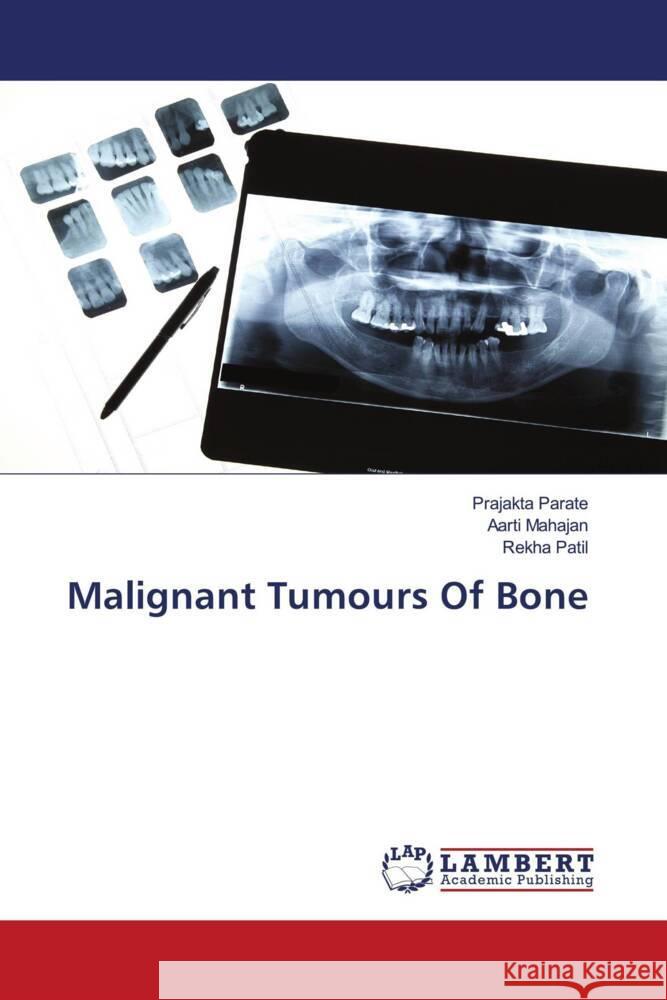Malignant Tumours Of Bone » książka
Malignant Tumours Of Bone
ISBN-13: 9786204714790 / Angielski / Miękka / 132 str.
Cancer is the most common second leading cause of death worldwide, after heart disease, and it accounts for 23% of all deaths. Although most cancers causing death are carcinomas of lung, prostate and breast, primary malignancy of the bone is ranked as the third leading cause of death in patients. Malignant bone tumors represent a small percentage of cancers nationwide and are much less common than malignant soft-tissue tumours. Carcinoma travels to bone via hematogenous spread or direct invasion of bone leading to severe pain and increased risk of pathologic fracture. The most common primary malignant bone tumors, osteosarcoma and Ewing's sarcoma, occur in childhood. The primary symptom of a patient with a malignant bone tumor is pain, which often occurs at rest or at night. The characteristic findings on examination such as swelling or decreased joint range of motion. Patients with a likely malignancy require thorough staging to determine the extent of disease and a well-planned biopsy for accurate diagnosis. The therapeutic approach to bone malignancies should be a multidisciplinary approach targeted at preserving the quality of life, pain control, achieving local tumor control.











